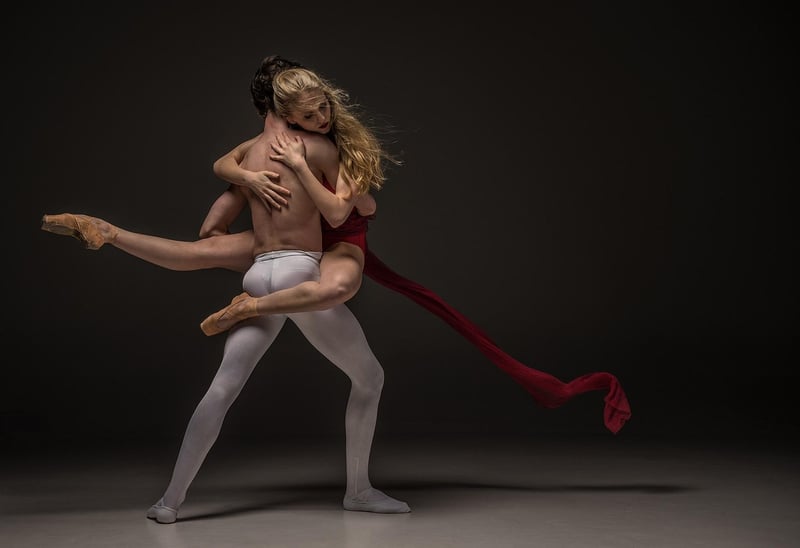Hip Hop
Exploring Expressive Movement Forms: The Influence of Hip Hop
Expressive movement forms encompass a wide array of dance styles that allow individuals to communicate emotions, stories, and cultural influences through movement. One such influential genre is Hip Hop, which has become a global phenomenon with its unique blend of rhythm, style, and creativity.
The Origins of Hip Hop
Hip Hop emerged in the 1970s in the Bronx, New York City, as a cultural movement that encompassed not just dance but also music, art, and fashion. It was a form of expression for marginalized communities, particularly African American and Latino youth, to voice their experiences and struggles through creative outlets.
Key Elements of Hip Hop Dance
Hip Hop dance is characterized by its improvisational nature, rhythmic movements, and individual expression. Some key elements of Hip Hop dance include:
- B-boying/B-girling (Breakdancing)
- Locking
- Popping
- Freestyle
- Krumping
The Influence of Hip Hop on Expressive Movement Forms
Hip Hop has had a profound influence on other expressive movement forms by breaking traditional dance boundaries and encouraging creativity and individuality. Its impact can be seen in various dance styles, such as contemporary dance, street jazz, and even traditional forms like ballet, which have incorporated elements of Hip Hop into their routines.
Many dance artists and choreographers today draw inspiration from Hip Hop culture, infusing their performances with the energy, attitude, and storytelling aspects of this dynamic dance form.
Express Yourself Through Dance
Whether you're a seasoned dancer or just starting, exploring expressive movement forms like Hip Hop can be a rewarding experience. It allows you to connect with your emotions, tell stories, and express yourself in a unique and powerful way.
So put on your dancing shoes, turn up the music, and let the rhythm guide you as you delve into the vibrant world of Hip Hop and other expressive movement forms!

Image Source: Pixabay
